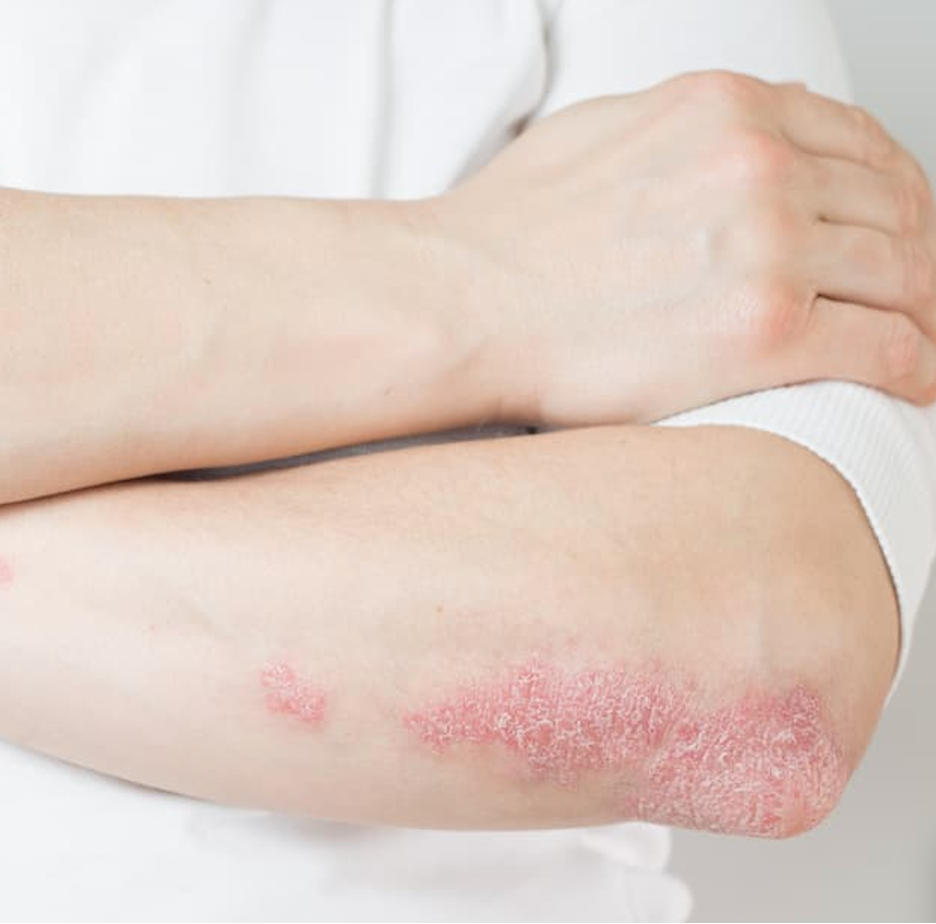Article
Apremilast Achieves Low Disease Activity, Remission in Real-World PsA Setting
Author(s):
Higher baseline Disease Activity Index for Psoriatic Arthritis (DAPSA) was associated with reduced probability of achieving low disease activity or remission.
In a real-world setting, around half of the patients with psoriatic arthritis (PsA) receiving apremilast (Otezla, Amgen) achieved Disease Activity Index for Psoriatic Arthritis (DAPSA) low disease activity or remission at 6 and 12 months. The study, which was published in Biomedicines,1 also found that baseline DAPSA was the only factor associated with this achievement.
Image Credit: Adobe Stock/SNAB

“DAPSA low disease activity or remission rates of apremilast in a real-world setting of PsA patients were comparable to the ones reported in registration trials,” Andrea Becciolini, of the University Hospital of Parma in Italy, and colleagues, wrote. We confirmed that “the major factor associated with achievement of DAPSA low disease activity or remission was baseline disease activity.”
Apremilast is an oral inhibitor of phosphodiesterase 4 (PDE4) indicated for the treatment of adults with active PsA. In several phase 3 trials, apremilast showed a significant clinical response in patients with PsA who were naïve or experienced with other disease-modifying antirheumatic drugs (DMARDs). However, the real-word data reporting on the effectiveness of apremilast are lacking.
This retrospective observational study included all consecutive patients with PsA treated with apremilast in 15 rheumatological referral centers in Italy. The researchers aimed to report on the long-term DAPSA response of apremilast and to analyze the predictors of clinical response. A total of 293 patients (median age 60, females 57%) were enrolled. The median PsA disease duration was 49 months and 46.8% had relevant comorbidities. Of the patients, 23.5% did not receive any DMARDs before apremilast.
The DAPSA low disease activity or remission rates were 42.7% at 6 months and 54.9% at 12 months. Baseline DAPSA was inversely associated with the odds of achieving low disease activity or remission at 6 months (odds ratio [OR] 0.841, 95% confidence interval [CI] 0.804–0.879; P < 0.01) and at 12 months (OR 0.911, 95% CI 0.883–0.939; P < 0.01).
“We found that at both time points, higher baseline DAPSA was significantly associated with reduced probability of achieving low disease activity or remission,” investigators concluded. “Further studies, especially in patients treated for a longer duration with apremilast, should be encouraged in order to confirm our results.”
Limitations of the study included the observational retrospective design and the relatively short follow-up period. Also, rheumatologists in Italy must comply with regional provisions, which the investigators noted may have driven the choice of apremilast use.
Reference
- Becciolini A, Parisi S, Del Medico P, et al. Predictors of DAPSA Response in Psoriatic Arthritis Patients Treated with Apremilast in a Retrospective Observational Multi-Centric Study. Biomedicines. 2023;11(2):433. Published 2023 Feb 2. doi:10.3390/biomedicines11020433





